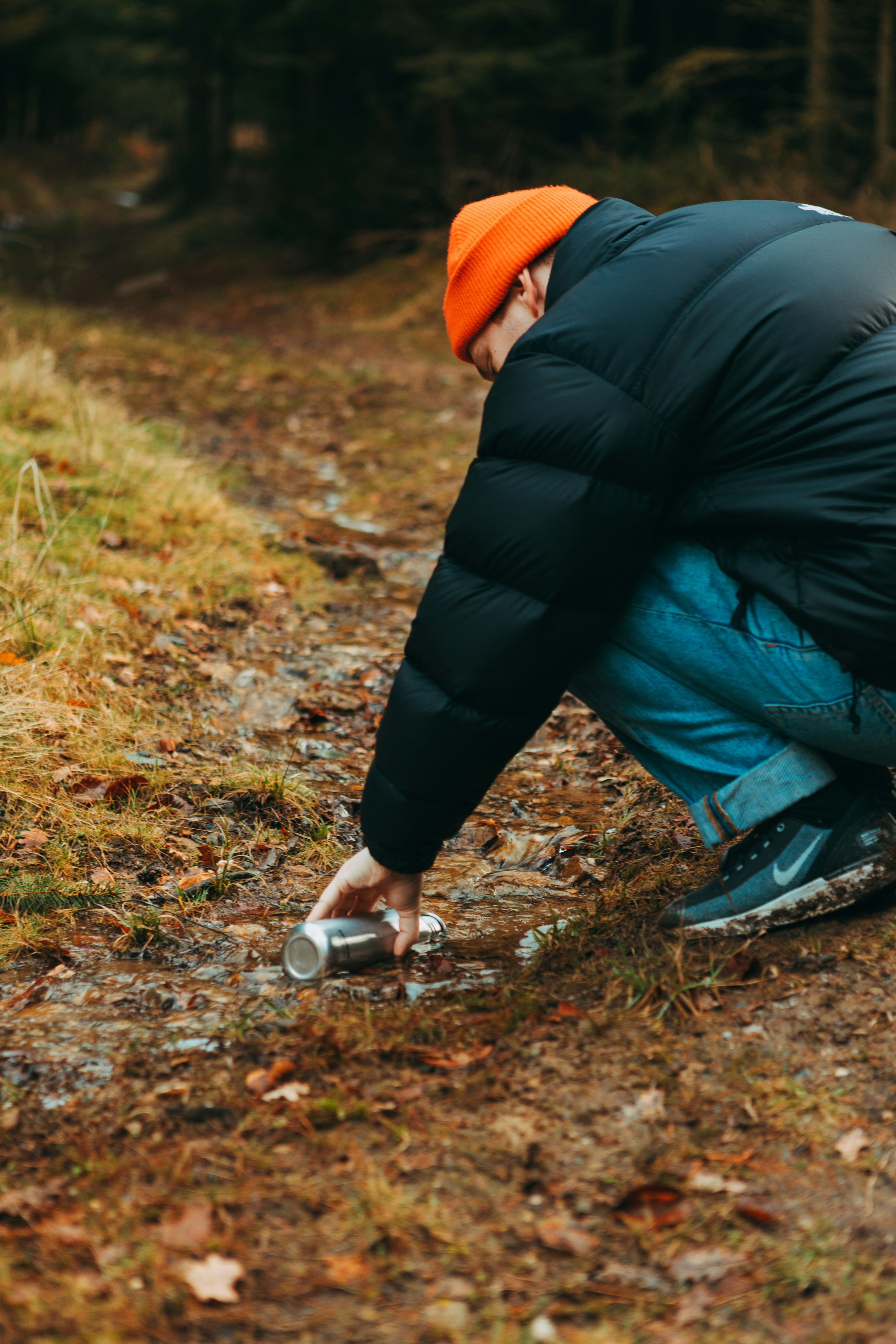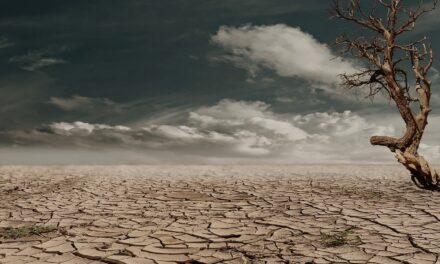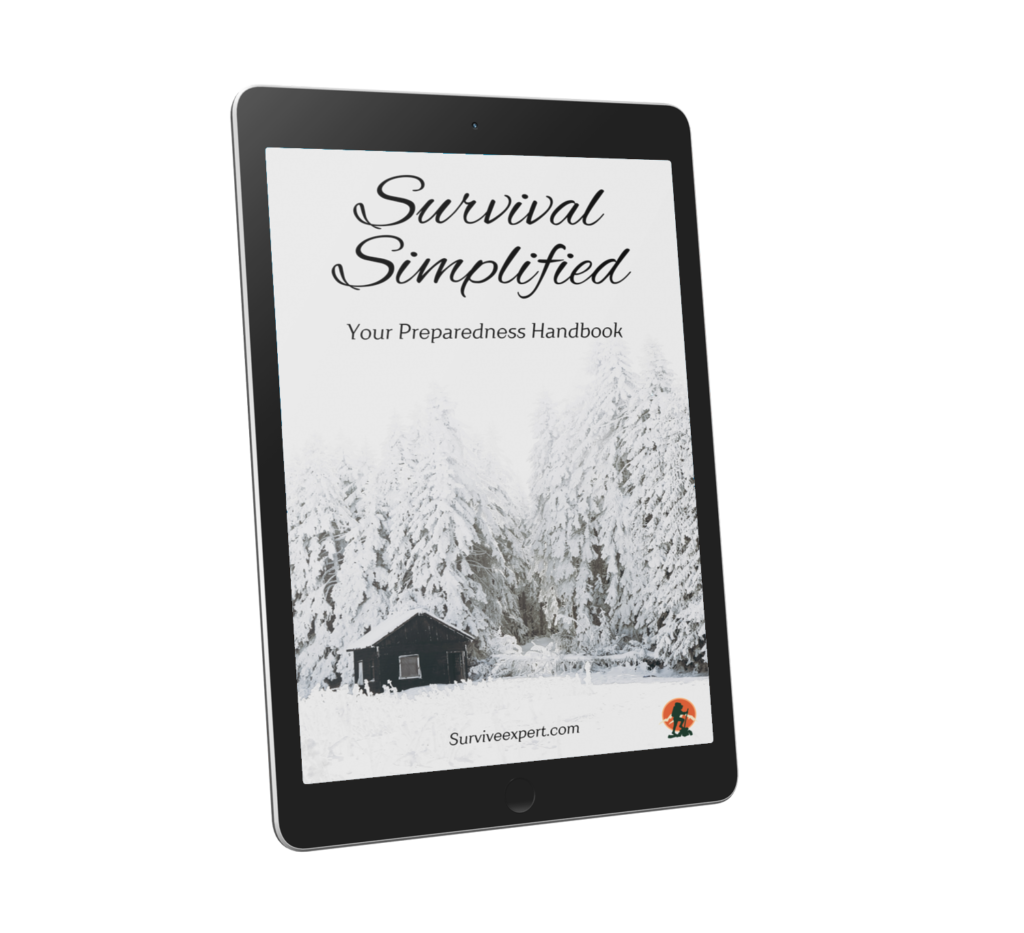The allure of off-grid living has captivated many, driven by the desire for independence, a deeper connection with nature, and a sustainable lifestyle. As urban landscapes become increasingly crowded and the cost of living skyrockets, more individuals are seeking solace and simplicity in the embrace of the natural world. Off-grid living, however, is not merely a romantic notion of escape but a serious commitment to self-sufficiency and ecological responsibility. This comprehensive guide aims to demystify the journey for beginners, laying the groundwork for a successful transition from conventional to off-grid life.
At its core, off-grid living means disconnecting from public utilities and creating a self-reliant household. This lifestyle is characterized by generating one’s own power, sourcing water, managing waste, and often growing food. While it presents a way to reduce environmental impact and live sustainably, it also requires significant planning, adaptability, and a willingness to learn.
The journey to off-grid living begins with understanding its fundamental aspects. It’s essential to research and comprehend the legalities, such as zoning laws and building codes, which vary significantly by region. Additionally, an in-depth evaluation of one’s skills, resources, and readiness to adapt is crucial. It’s not just about surviving without modern conveniences but thriving in a harmonious balance with nature.
One of the initial steps involves selecting the right location. Factors such as climate, soil type, water availability, and access to resources play a critical role in determining the success of an off-grid setup. Furthermore, the choice between a completely isolated locale versus a more accessible one can significantly impact one’s quality of life and ability to integrate with the off-grid community.
Financial considerations are also pivotal. Transitioning to off-grid living often requires an upfront investment in land, housing, and infrastructure like solar panels, water systems, and waste management solutions. Prospective off-gridders should budget carefully, considering both initial costs and ongoing expenses.
Yet, off-grid living is not merely about practicalities; it’s a profound shift in mindset. It means embracing a life where convenience is traded for autonomy, and where every resource is valued. It demands resilience, ingenuity, and a deep respect for the rhythms of nature. For those who embark on this journey, the rewards are immense: a life of simplicity, purpose, and connection to the earth.
As we delve deeper into the world of off-grid living, we’ll explore the essential components, challenges, and joys of this unique lifestyle. Whether it’s the allure of self-sufficiency or the desire to leave a smaller environmental footprint, off-grid living offers a path to a more intentional, fulfilling life.
Exploring the Essentials of Off-Grid Living
Transitioning to off-grid living is an adventure that demands a blend of knowledge, preparation, and the right tools. This section explores the key components and considerations necessary to build a sustainable and efficient off-grid lifestyle.
Energy Generation and Management
One of the pillars of off-grid living is energy self-sufficiency. Renewable energy sources, primarily solar and wind power, are popular choices. Solar panels and wind turbines can provide a reliable electricity supply, but understanding their installation, maintenance, and the energy needs of your household is essential. Battery storage systems are also crucial to ensure a constant energy supply, especially during periods of low sun or wind. It’s important to assess energy usage and implement energy-efficient appliances and practices to optimize your system’s efficiency.
Water Sourcing and Purification
Access to clean water is another critical aspect. Options include drilling a well, collecting rainwater, or sourcing from nearby streams or lakes. Each method requires specific considerations such as filtration, purification, and legal compliance. Water conservation practices, like using low-flow fixtures and recycling greywater for irrigation, can significantly reduce water usage and strain on the system.
Food Self-Sufficiency
For many, a key appeal of off-grid living is the ability to grow their own food. Gardening, permaculture, and raising livestock are integral parts of sustainable living. Understanding the local climate and soil conditions is vital for cultivating a successful garden. Composting, organic pest control, and rainwater irrigation are effective techniques for maintaining a healthy, productive garden.
Waste Management
Efficient waste management is another cornerstone of off-grid living. Composting toilets, septic systems, and waste reduction strategies are essential to minimize environmental impact. Effective waste management ensures a clean and healthy living environment and helps preserve the surrounding ecosystem.
Building and Infrastructure
Choosing the right type of housing is crucial. Options range from traditional homes to tiny houses, yurts, or earthships. Each has unique benefits and challenges regarding insulation, heating, and resilience to local weather conditions. Using sustainable building materials and techniques can enhance environmental friendliness and efficiency.
Connectivity and Communication
Living off-grid doesn’t mean complete isolation. Reliable communication methods, whether via satellite internet, radio, or cellular networks, are important for safety and staying connected with the wider world. It’s essential to find a balance that suits your desired lifestyle.
Community and Support
An often-overlooked aspect of off-grid living is the importance of community. Building relationships with nearby off-gridders and locals can provide invaluable support, knowledge exchange, and a sense of belonging. Community involvement can range from sharing resources to collaborative projects or social gatherings.
As we delve into these core components of off-grid living, it becomes evident that this lifestyle is not just about surviving away from mainstream society but thriving in harmony with nature. It’s a journey that demands commitment, adaptability, and a passion for sustainable living. The next section will summarize the key takeaways and offer final thoughts for those considering this life-changing path.
Summary and Takeaways: Embracing Off-Grid Living
Embarking on an off-grid journey is a transformative experience that reconnects you with nature and simplifies life. However, it requires careful planning, learning, and commitment. This section aims to summarize the crucial points and provide final takeaways for those considering this lifestyle.
Key Takeaways for Aspiring Off-Gridders
1. Preparation and Research: Thorough preparation is the key to successful off-grid living. This involves understanding your energy needs, water sources, food sustainability, waste management, and the specifics of your chosen location.
2. Renewable Energy Sources: Solar and wind power are reliable energy solutions for off-grid living. Invest in quality equipment and learn about energy management to ensure a steady power supply.
3. Water Security: Securing a reliable water source is paramount. Whether it’s through wells, rainwater harvesting, or natural sources, ensure your water is safe for consumption with appropriate filtration and purification systems.
4. Sustainable Food Practices: Growing your own food not only provides self-sufficiency but also connects you to the earth. Learn about permaculture, composting, and organic gardening to create a sustainable food system.
5. Eco-Friendly Waste Management: Proper waste disposal and recycling are essential to maintaining an ecological balance. Consider composting toilets and recycling practices to minimize your environmental footprint.
6. Community Integration: Building relationships with a community of like-minded individuals can provide support and enrich your off-grid experience. Sharing knowledge, resources, and camaraderie are invaluable.
7. Resilience and Adaptability: Living off-grid requires resilience and the ability to adapt to changing circumstances. Embrace the learning curve and be open to adjusting your lifestyle as needed.
Final Thoughts
Off-grid living is more than a choice; it’s a lifestyle that promotes sustainability, self-reliance, and a deeper connection with the environment. It’s a journey of continuous learning, growth, and fulfillment. While it comes with its challenges, the rewards of living in harmony with nature and reducing one’s ecological footprint are immeasurable. For those seeking a life less ordinary, away from the hustle and bustle of modern society, off-grid living offers a path to a more purposeful and satisfying existence.
As we conclude this guide, remember that off-grid living is a personal journey unique to each individual. It’s about finding what works for you and your family, experimenting, and learning from both successes and failures. The journey to a sustainable, self-sufficient life is as enriching as the destination itself.
Are you ready to embark on this remarkable adventure?








